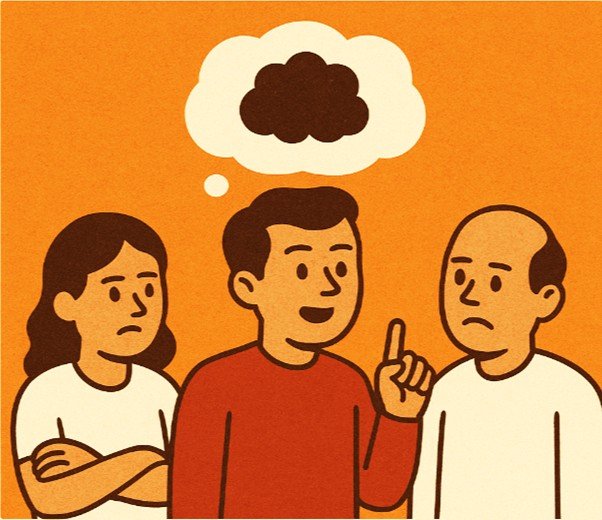*TRUTH VS. ANSWERS
Why the Difference Matters More Than We Think
In our everyday conversations, decisions, and even our belief systems, we often use 'truth' and 'answers' interchangeably.
But there is a distinct, often-overlooked difference between the two, one that subtly shapes how we perceive reality, process emotions, and make sense of what is happening around us.
Core Distinction
It is not up for debate or filtered through feeling. It is not dependent on perception, opinion, or preference. Truth, at its core, exists with or without our agreement. It is factual, immutable, and often unflinching. But even that definition runs into complexity when we acknowledge that how we feel can also be a kind of truth, subjective but real.
Which brings us to answers. Answers often satisfy logical constraints or resolve uncertainty. They fit into frameworks. They explain, validate, or ease discomfort. And yet, an answer that satisfies logic does not always reflect the actual truth. Similarly, a truth, especially one that challenges emotional security, may not be accepted as an answer, even when it is the only one that is real.
Emotion Wins
This tension shows up everywhere. In personal relationships, politics, religious convictions, and cultural movements. An emotionally compelling narrative can override facts. Logic can be weaponized to justify actions devoid of compassion. And answers that feel good often replace harder truths we are unwilling to confront.
Why? Because, for better or worse, emotion tends to dominate logic. Even when we claim to value reason, our actions often reflect what we believe to be true, not what is true.
We have seen it throughout history. Logically sound decisions still falter under public opinion. Political ideologies twist facts to fit belief. Religious traditions shape identities based on interpretation, not always rooted in reality. In many cases, perception becomes truth, not because it is accurate, but because it is emotionally resonant.
Invisible Knowing
This is not just a social observation. It is deeply spiritual. There is a different kind of truth, a spiritual knowing, which does not shout, does not argue, and often is not visible. It exists beneath the noise of opinion and outside the reach of public consensus.
It does not always offer immediate answers, but when you tune into it, you know. And yet, most people do not trust it because they cannot see it, measure it, or explain it.
This creates a fascinating and sometimes disorienting paradox. The clearest answers often lie in the invisible. And learning to discern this, between emotional truth, logical answers, and spiritual knowing, is part of the deeper work of self-awareness.
Universal Laws
Here is where universal laws come in. The law of polarity, the law of duality, the law of assumption, the law of manifestation, and so forth, these are not just mystical ideas. They are frameworks for understanding how truth and answers can coexist without being the same.
They help us hold two perspectives at once, that one person’s answer can be valid for them while not being the truth. That two opposing ideas can both be right, depending on where you stand. That clarity often requires holding the tension between both.
Human Condition
So, what does this mean for us?
It means real growth, personally, socially, spiritually, requires accepting that truth and answers often live in different rooms. Answers can pacify. Truth can disrupt. And wisdom lies in knowing which one you are engaging with at any given moment.
Because empowerment is not just about speaking your truth. It is about learning when the truth you carry is not the answer someone else is ready to receive and being at peace with that.
JAH





